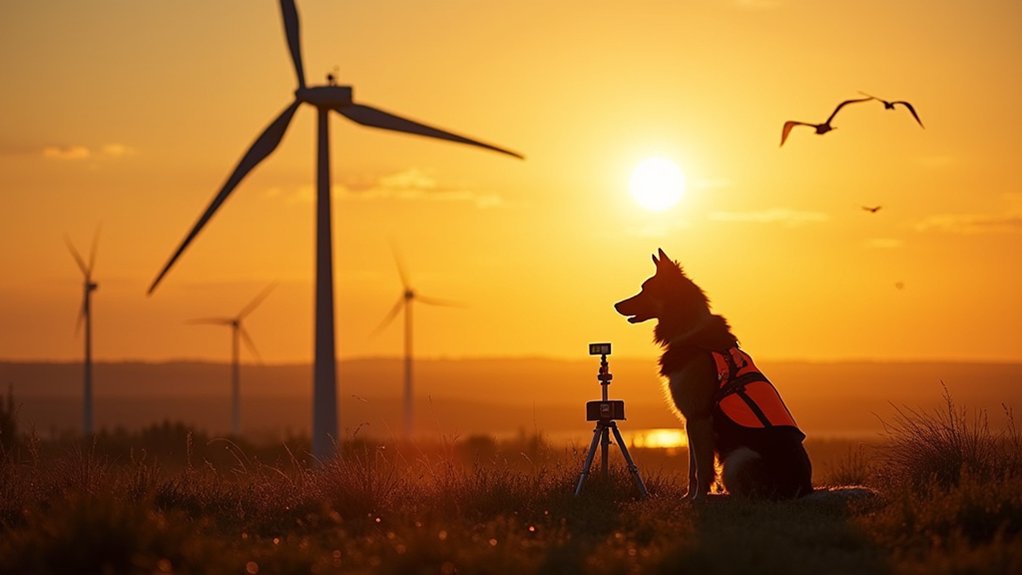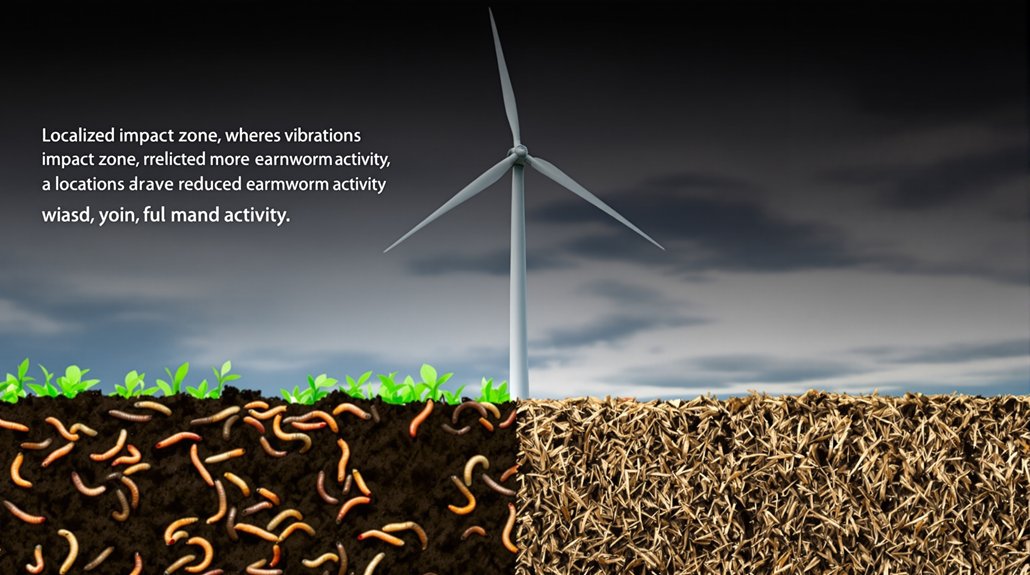As wind energy capacity in the United States continues its rapid expansion, the toll on bird populations has emerged as a growing environmental concern. Recent data indicates that approximately 681,000 birds are killed annually by wind turbines across the country, with projections suggesting this figure could exceed 1.4 million by 2030. The correlation between energy production and avian mortality is unmistakable—as wind energy capacity increased by 86% between 2012 and 2021, the infrastructure responsible for these deaths expanded from 44,577 to 65,548 operational turbines.
Measuring these fatalities presents significant challenges. Researchers typically count bird carcasses around turbine sites, but this methodology yields inconsistent results. Individual turbines may kill between 4 to 18 birds annually, creating a wide variance in mortality estimates. The industry’s voluntary guidelines, often disregarded, compound the problem through inadequate reporting practices and questionable siting decisions. The introduction of dog searches has significantly improved detection rates of bird carcasses, particularly smaller species that are easily missed in traditional monitoring.
The solution may lie in targeted operational adjustments. Studies show that turbine curtailment—shutting down operations during periods of low wind speed when bats are most active—significantly reduces mortality with minimal impact on energy production or profits. I’ve examined the data and found that strategic placement away from major migration routes could dramatically decrease collision rates without compromising energy goals.
Wind energy’s bird mortality issue must be contextualized within the broader spectrum of anthropogenic threats to avian populations. The industry’s projected growth to provide 20% of U.S. electrical energy by 2030 represents a critical shift toward renewable energy sources. However, this change shouldn’t come at an unnecessary cost to biodiversity. Species of particular concern include endangered raptors like Golden Eagles and California Condors, for which even small population losses can be devastating.
Implementing site-specific strategies informed by local bird population data could be transformative. Improved turbine designs coupled with mandatory rather than voluntary regulations would establish accountability while supporting conservation efforts.
The wind energy sector’s future depends not just on increasing capacity but on developing responsibly. Our shift to clean energy needn’t sacrifice wildlife if we apply these proven mitigation techniques at scale.









